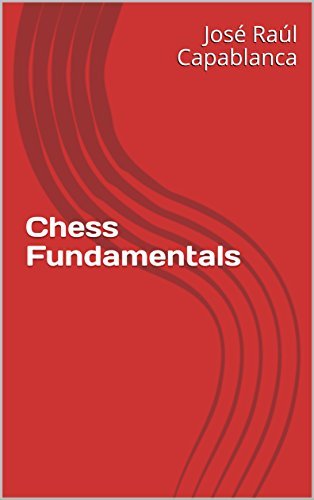What do you think?
Rate this book


260 pages, Kindle Edition
First published January 1, 1908
DNF.
I think this book, which is often recommended to beginners, would be far more suited to a strong intermediate player who’s on the verge of becoming a master. I consider myself an intermediate player and most of this was inscrutable to me. It’s increasingly clear to me that it’s very rare for someone who is VERY good at something to still understand what it might be like to be NOT very good at it.
Imagine a master chef teaching a beginner cooking class, and telling me, "Obviously the garlic has to be added before the thyme" — or something, I'm not a chef — and expect me to understand why that's important without explaining it to me. Or, on day one, saying "Today we'll grade you on your Confit de Canard, so get to cooking!" I don't even know what that is, I just looked it up for this review.
Maybe I'll come back to this book in a few years and try again.